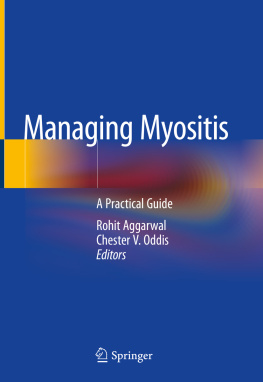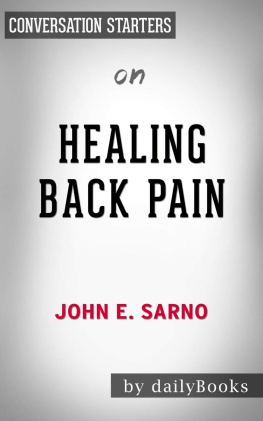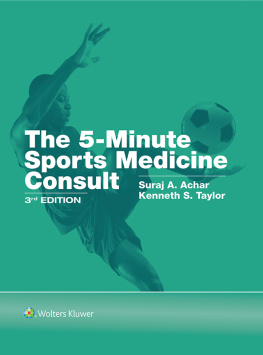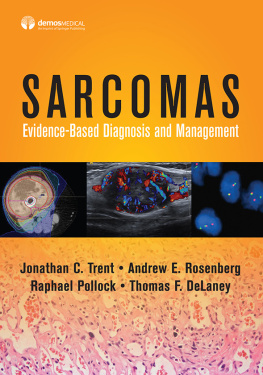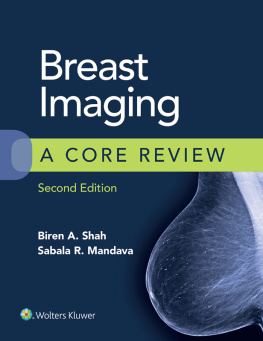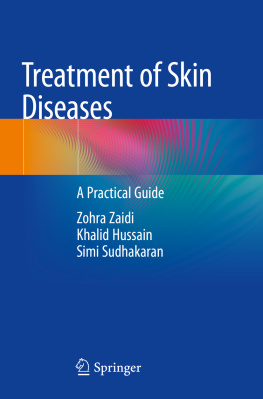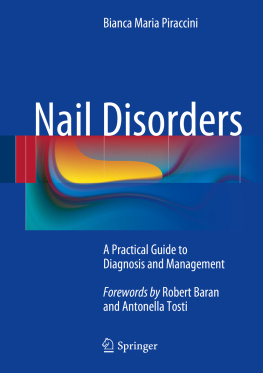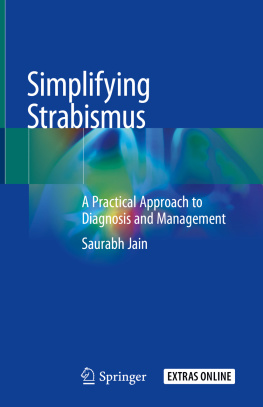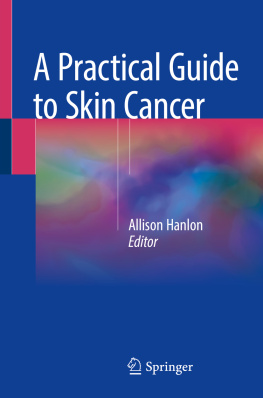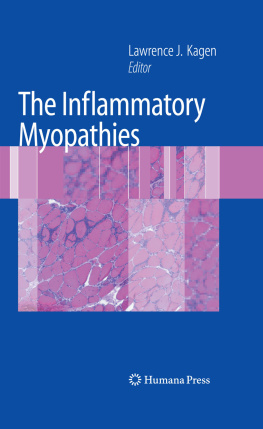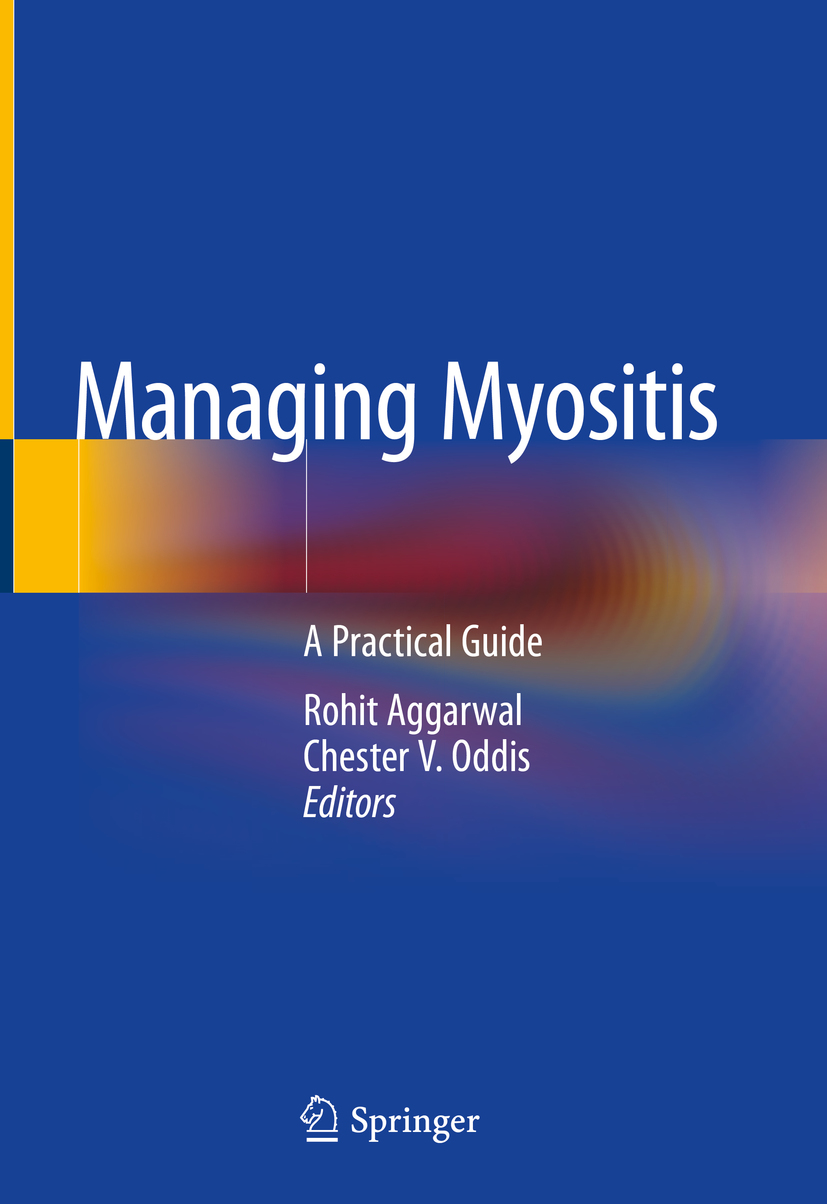Myositis Through the Ages
In this brief essay on the history of myositis, I cannot cover all the descriptions of illnesses that might possibly have been myositis, but such cases can be found in a number of longer and fuller historical reviews. The first myositis case descriptions of the modern era included a paper in 1863 by E. Wagner entitled Fall einer setten Muskel Krankeit [Wagner], followed by papers published in the late 1880s by H. Unverricht on Polymyositis acuta progressiva and Dermatomyositis acuta [Unverricht]. These papers provide the first description of dermatomyositis and its distinction from polymyositis. Indeed, dermatomyositis was often called Unverrichts disease until late in the nineteenth century.
In 1903, a young physician from Johns Hopkins, Walter Ralph Steiner, beautifully described a case of dermatomyositis the first full description in English which was published as a single-authored paper in an early issue ofThe Journal of Experimental Medicine[Steiner]. Eat your heart out, all you young physicians out there who read this long, lovely paper. It is an example of descriptive medicine at its best and might serve as a guide to all those learning the art of case reports. Steiners later career was as a bibliophile and autograph collector whose collection is now part of the National Library of Medicine.
In 1916, G. Stertz and H. Kankeleit independently noted the association of myositis and malignancy, thus opening a fascinating and clinically challenging problem for practicing physicians, beautifully summarized recently [Tiniakou and Mammen].
In 1958, John Walton from England and Raymond Adams from Boston, both distinguished neurologists, wrote a monograph calledPolymyositisthat put myositis solidly on the map [Walton and Adams]. It was Copernican in influence. My own copy appears to have been borrowed decades ago from the small library in the young National Institute of Arthritis and Musculoskeletal and Skin Diseases, probably when I was a fellow in the 1960s. A quotation from their monograph foreshadows some progress in classification while at the same time illuminating the enigmatic cause of myositis that remains to this day: In a syndrome such as polymyositis, the pleomorphism of the clinical picture, the inadequacy of present knowledge with regard to aetiology, and the lack of uniformity and specificity of the pathological findings make any attempt at classification of cases into neatly circumscribed groups a matter of considerable difficulty (page 27).
The first important therapeutic advance of the modern era that stuck occurred in 1968 when a young Indian rheumatologist, Anand Malaviya, came as a fellow to Robert Schwartzs group at the New England Medical Center. They found that methotrexate was an effective treatment for dermatomyositis [Malaviya, Many, and Schwartz], and it remains a mainstay of treatment almost half a century later. It is instructive to recall that the first use of this family of drugs in rheumatologic disease occurred in 1951 when Richard Gubner and colleagues at the Long Island College of Medicine in Brooklyn published a paper inThe American Journal of the Medical Sciencesdemonstrating the efficacy of aminopterin (an anti-folate drug similar to methotrexate) in rheumatoid arthritis a discovery that was rapidly and almost completely forgotten following the discovery of the efficacy of cortisone in the suppression of inflammation in rheumatoid arthritis [Gubner, August, and Ginsberg]. In the last half century, new drugs and safer versions of old drugs have found a reasonably stable place in the treatment of dermatomyositis and polymyositis.
An important step forward was the publication by Bohan and Peter in 1977 inMedicineof a large group of myositis patients who had been carefully studied over many years and the first classification of polymyositis and dermatomyositis, a pioneering and very useful paper [Bohan]. They classified polymyositis as having three or four of the classic features of myositis proximal, symmetric weakness; a myopathic EMG; elevation of the creatine kinase; and inflammation on a muscle biopsy. Dermatomyositis required four or five of the above features including the pathognomonic DM rash of Gottron papules or a heliotrope rash. Over the ensuing decades, there have been modifications of the Bohan and Peter scheme, but it has served as the skeleton of essentially all of the later clinical and pathological groupings.
In the early 1980s, papers by immunologists and neuroimmunologists focused on applying new immunologic methods to muscle inflammation. In 1983, Michael Mathews, a distinguished English biochemist (and the brother of a rheumatologist), and Robert Bernstein (a rheumatology fellow), following leads provided by Nishiki, Reichlin, Lerner, and Steitz, identified a myositis-related serum immunoglobulin protein as an autoantibody directed at an enzyme in the pathway of protein synthesis, histidyl-tRNA synthetase [Mathews and Bernstein]. They called the autoantibody anti-Jo-1 after the myositis patient first found to have it. It has remained one of the best-studied autoantibodies studies that led to a number of sturdy insights into the origins and pathogenic place of autoantibodies in rheumatologic disease, including clear proof that the anti-Jo-1 autoantibodies could be found before the onset of clinical myositis, several years before similar observations were made in lupus and rheumatoid arthritis.

